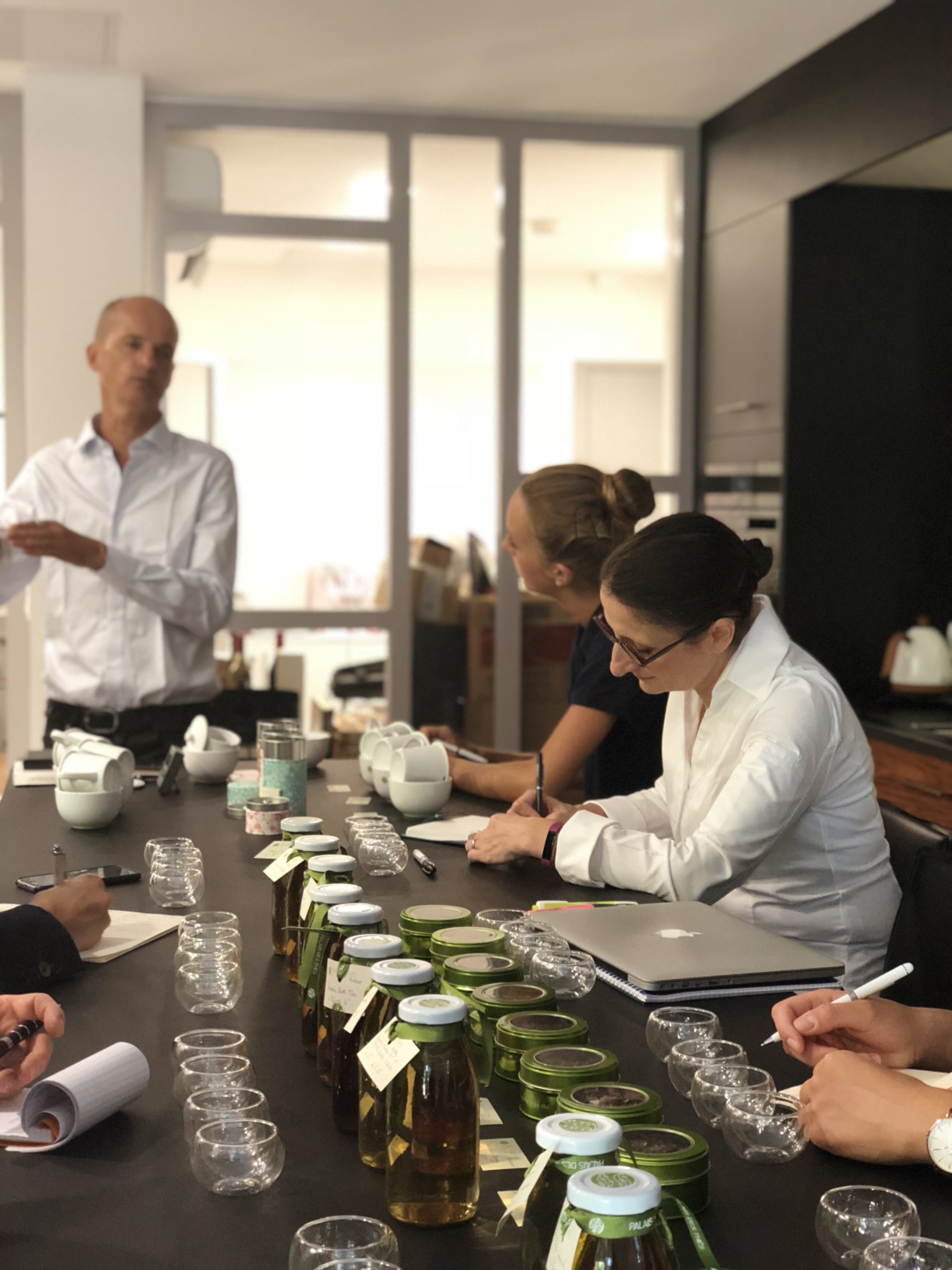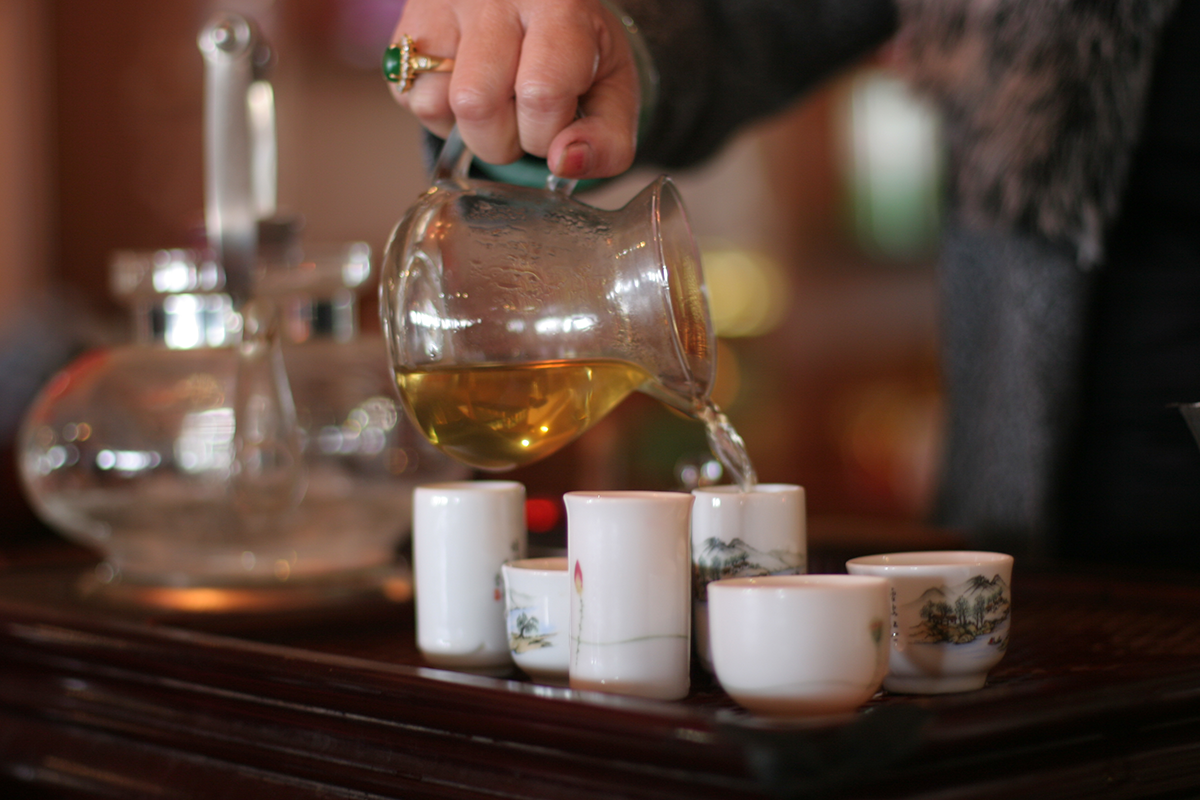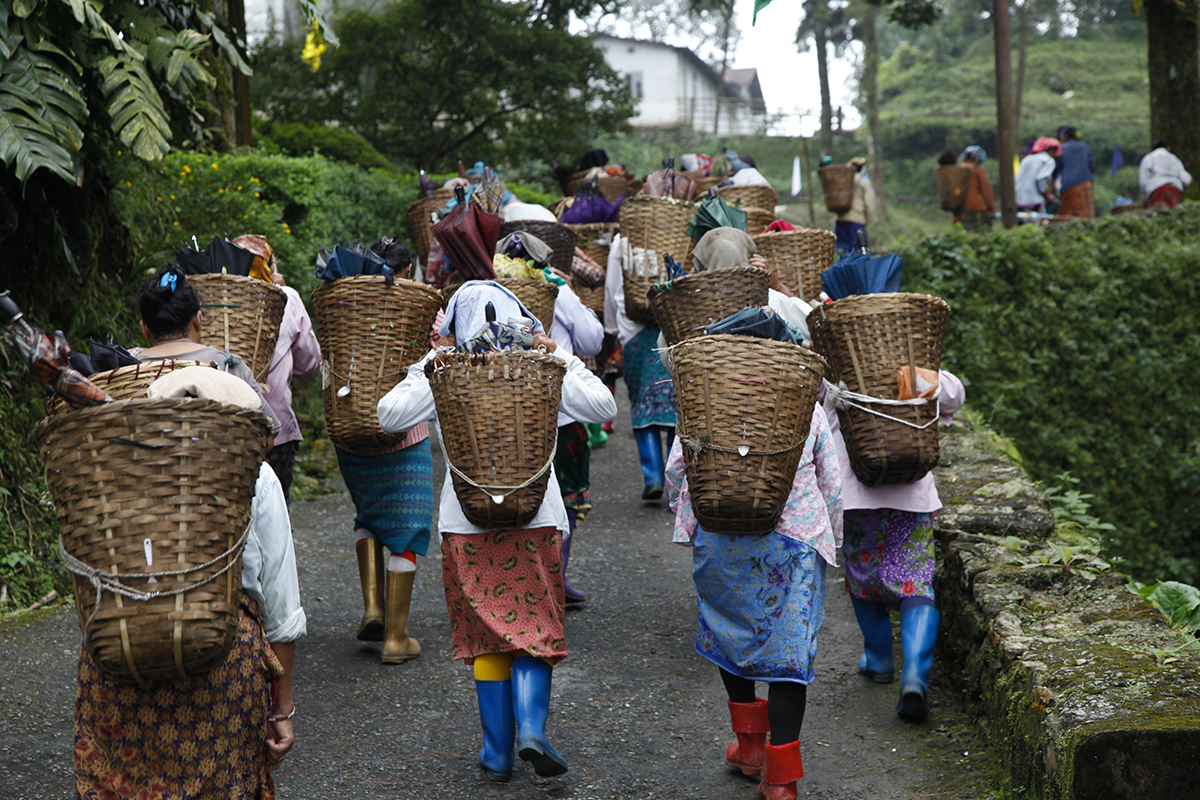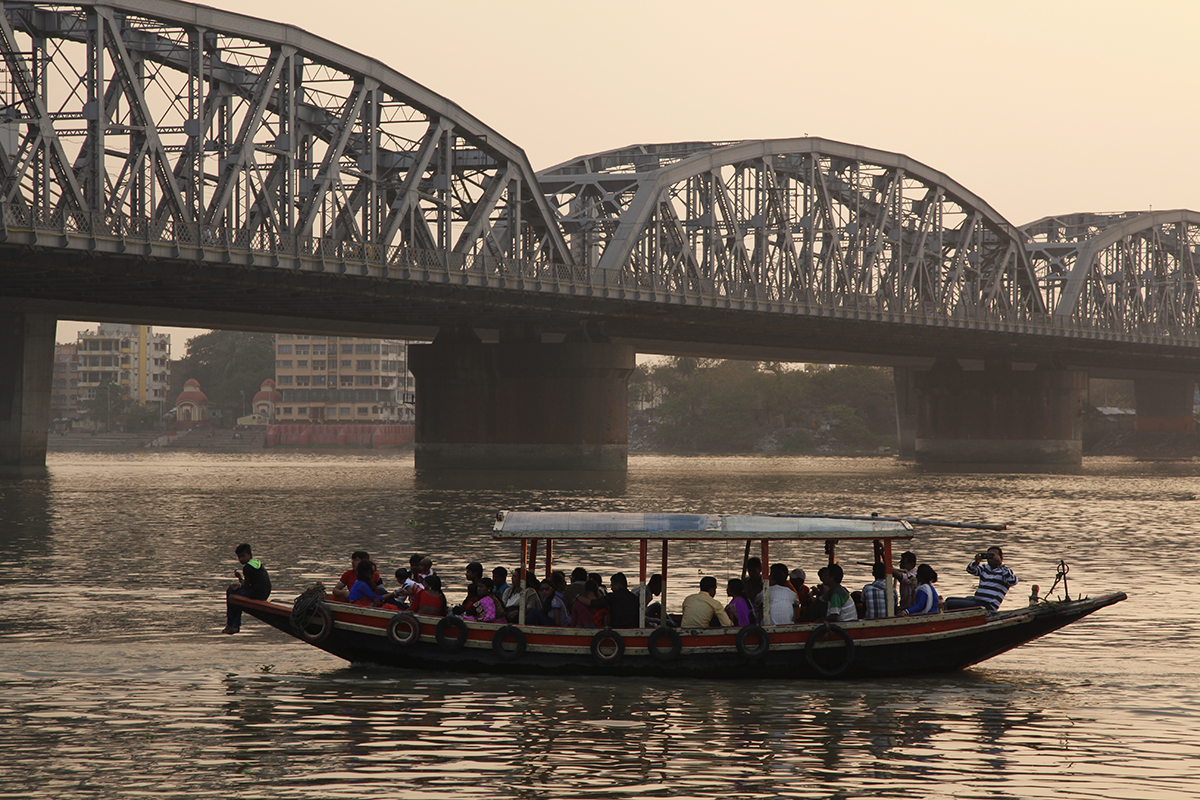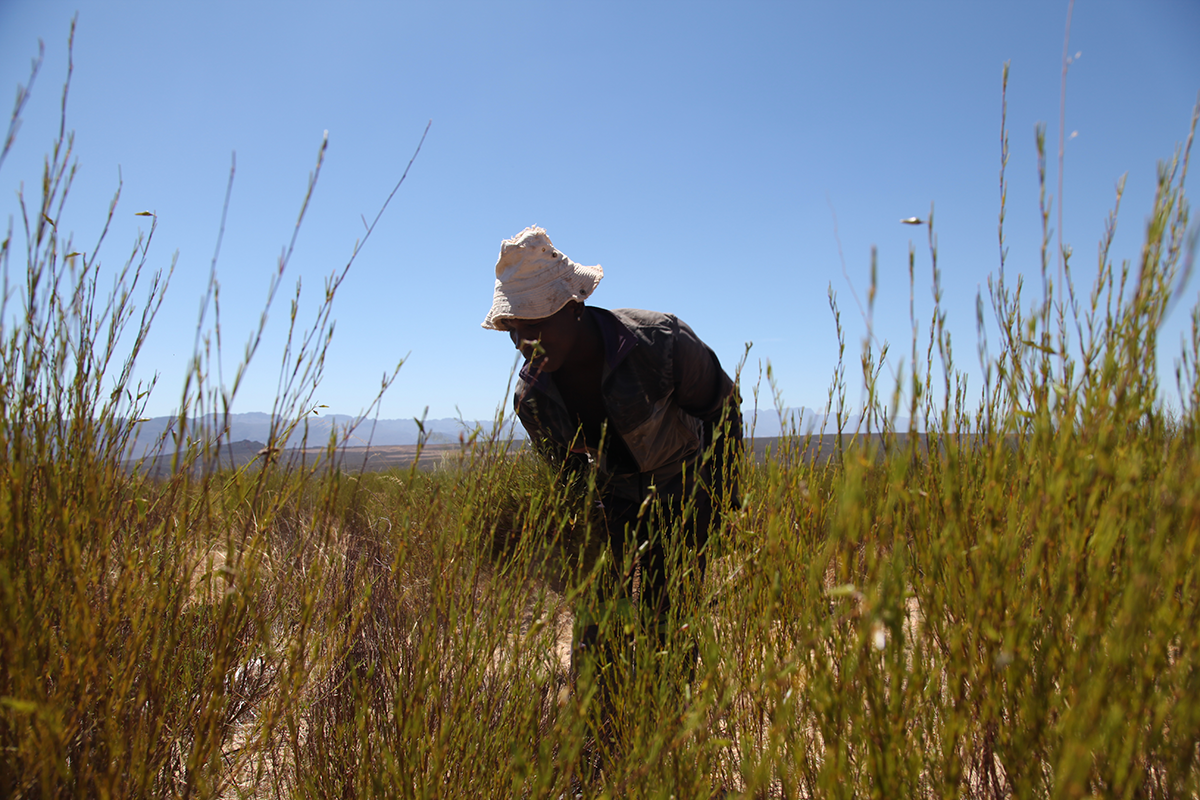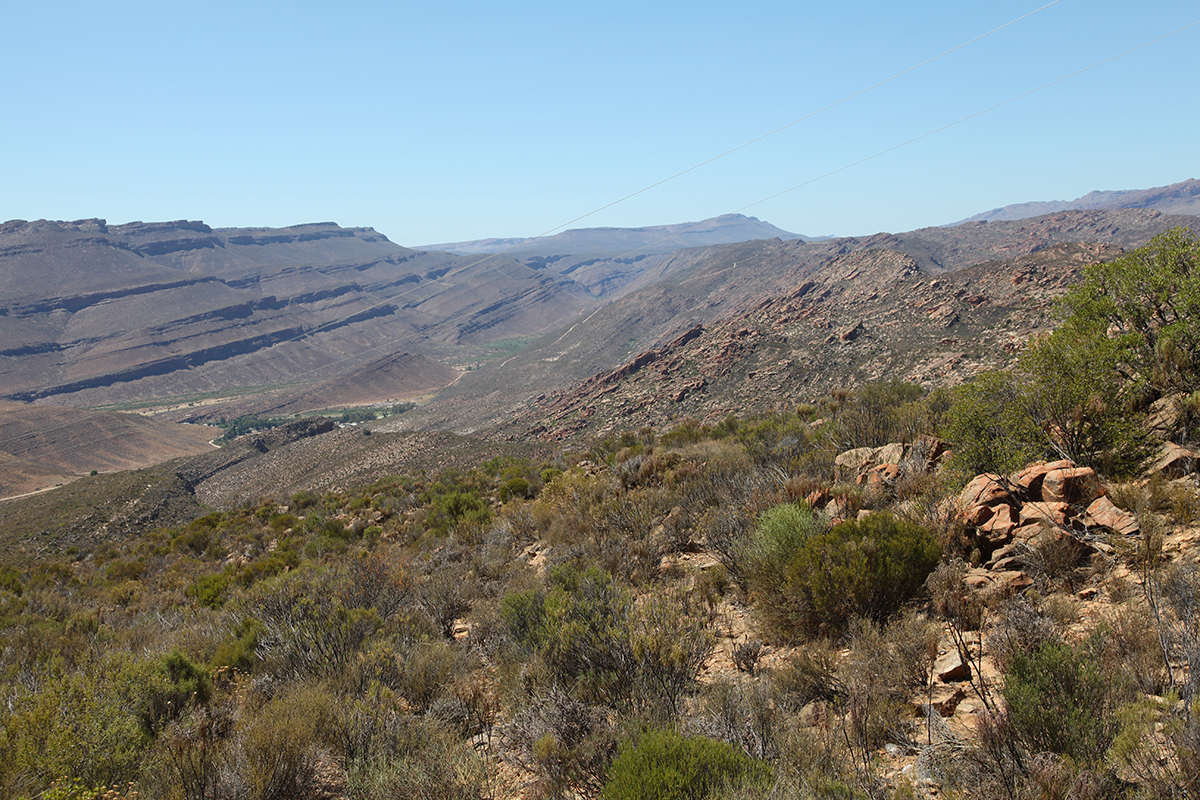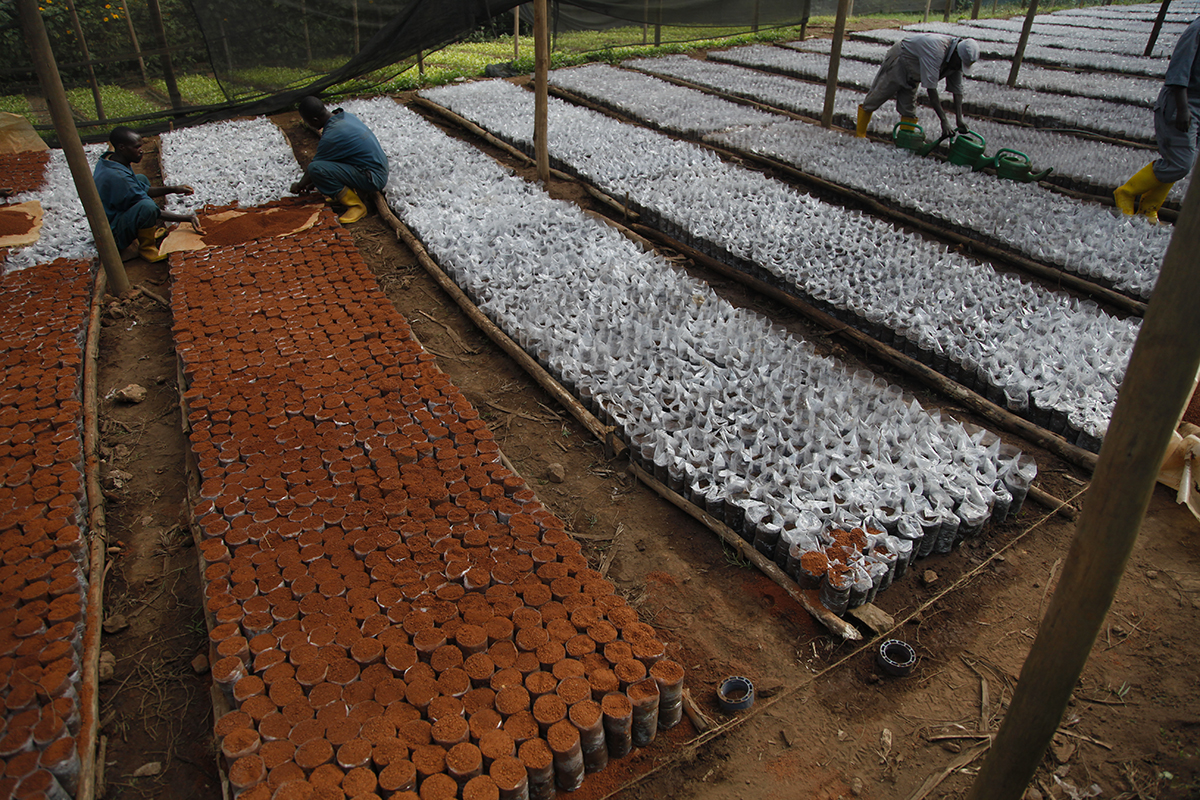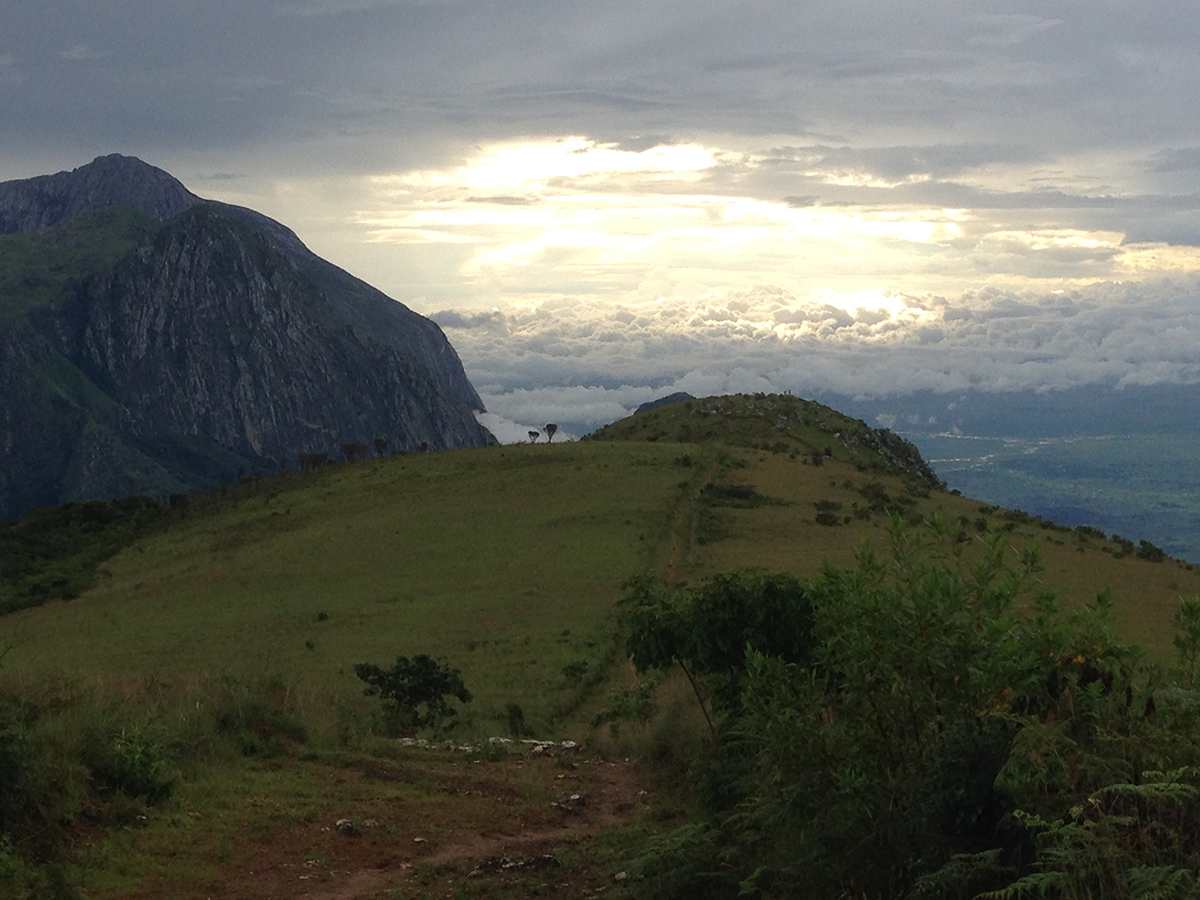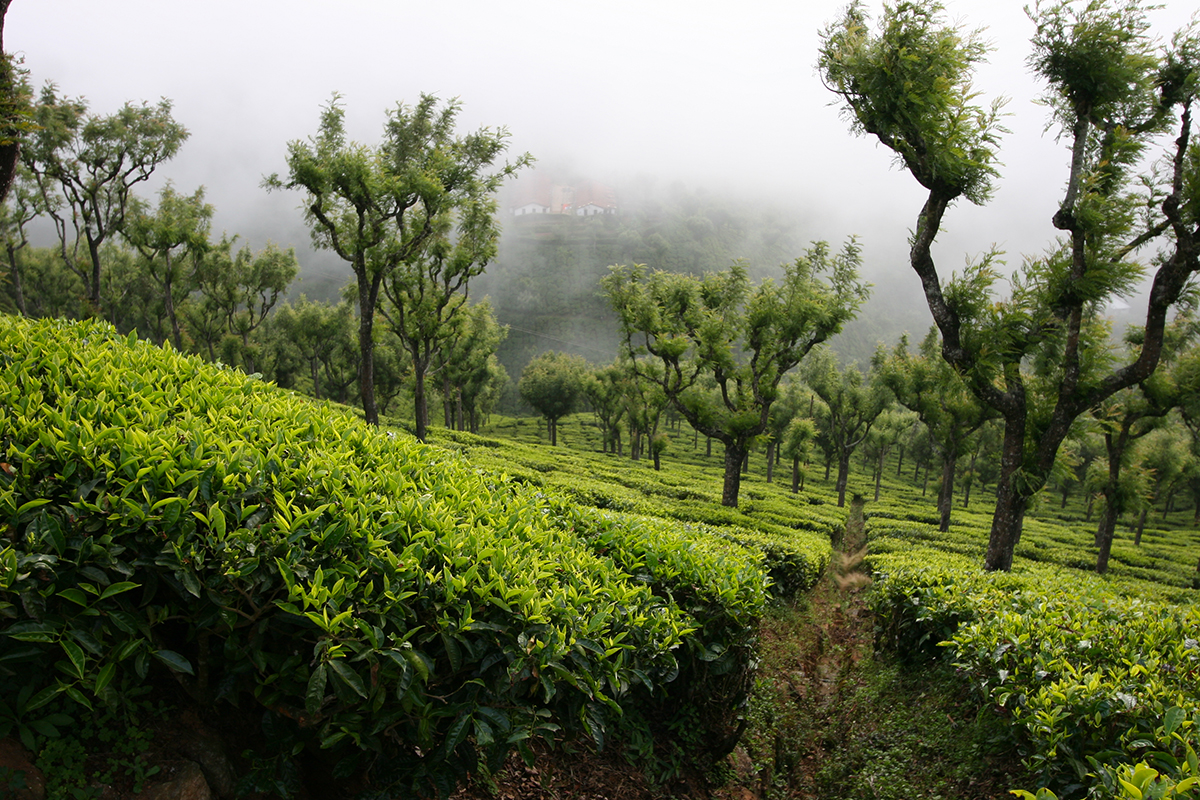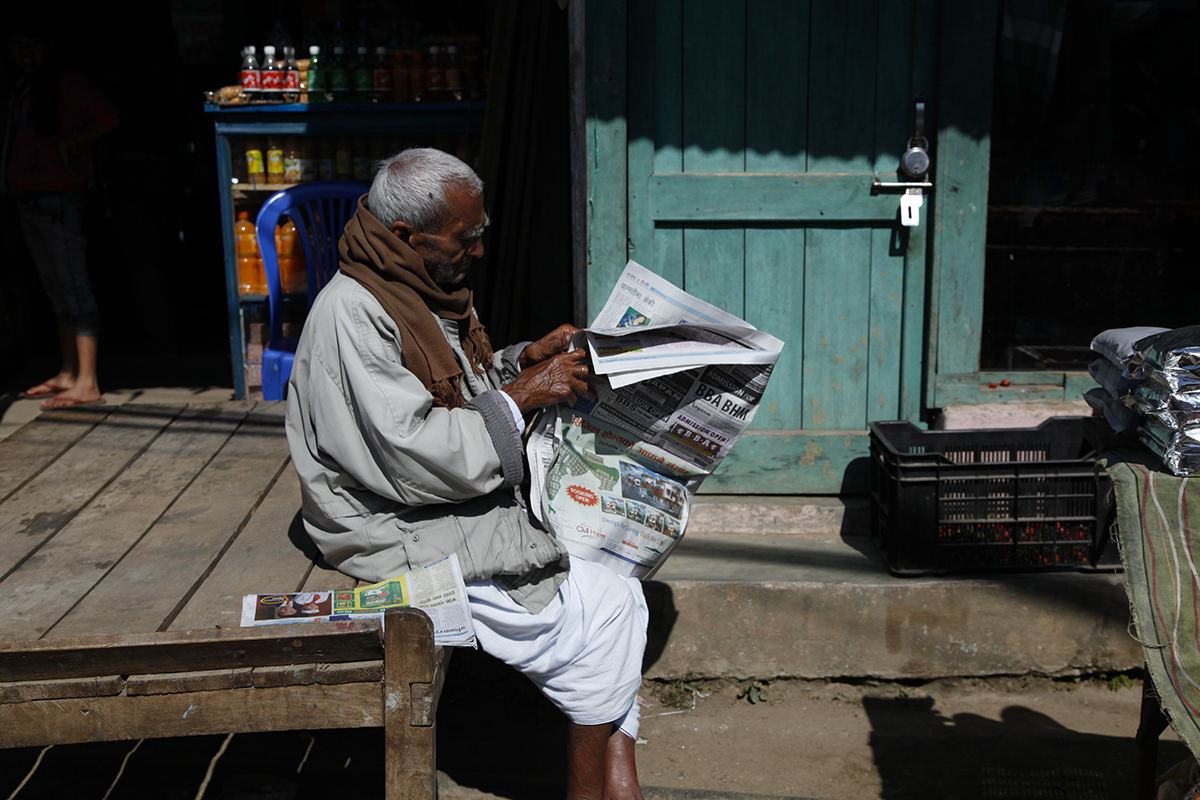This week I had the immense pleasure of tasting a fine selection of premium teas with Anne-Sophie Pic and her team of sommeliers. Anne-Sophie is such a kind and considerate person and treated me like royalty in Valence. She is eager to learn and so generous with her time, especially considering she’s the only French woman to hold three Michelin stars. She listens attentively and asks plenty of questions. Together, we tasted teas infused, both hot and cold. Our tastings took us to Darjeeling and Japan via Nepal, South Korea, Viêt Nam and even Africa. We talked about ways to use tea in cooking, and possible pairings between teas and dishes. It was incredible to contribute, however modestly, to her inspiration! And what a treat to share an unforgettable meal with her afterwards, an explosion of textures, flavours and aromas. Thank you Anne-Sophie.
One cup for smelling, another for tasting
The use of an aroma cup offers a unique tasting experience. It allows you to focus on olfaction – the smell. As soon as it has been filled, the aroma cup is emptied into the tasting cup. The former retains the tea’s aromas thanks to its tall, narrow shape. You lift it to your nostrils and try to distinguish each note left by the liquor. A few minutes later, you taste the tea itself, by which time it will be at the perfect temperature.
In favour of fair pay
How much longer will tea be harvested by hand in India, where there is ongoing conflict over employment conditions? The pickers are demanding justified pay rises, but the plantations are only just profitable, while some are even loss-making. Tea is already sold at a high price without the benefit being passed on to local populations. Do we risk seeing mechanical harvesting replace manual picking due to a lack of workers? And what will be the consequences on quality? Or are we moving towards plantations being turned into cooperatives so that everyone has a stake in them and can live decently on their wages? These questions have not yet been answered.
Tea and joy
Kolkata, formerly Calcutta, is known as the “city of joy”, but it’s also the city of tea. All the producers of Darjeeling and Assam teas have their office there. Auctions take place in the historical district of BBD Bagh, supplying the lifeblood of a whole economy. And the precious cargoes of tea are dispatched from the city’s port.
Kolkata, a sprawling city of ten, fifteen, even twenty million inhabitants – who knows? – extends outwards from the banks of the Hooghly River, a tributary of the Ganges. Its public transport system includes many boats which offer a peaceful crossing, away from the busy traffic.
Limited production
In South Africa, the only country that produces Rooibos, 350 farmers grow it as a crop. Australia and California (United States) tried to grow Rooibos, but failed.
Rooibos is harvested when temperatures are high, by workers who often come from neighbouring countries.
Rooibos, a recent crop
Although rooibos has been consumed for centuries, it has only been grown in recent times. In the mid-19th century, a German priest from Namibia founded the village of Wupperthal in South Africa. He imposed strict rules on the community and set about organising the cultivation of rooibos. Halfway between the Cape and Namibia, Wupperthal is in the middle of the desert. Rooibos, or Aspalathus lineari, is about as undemanding as a camel, and can withstand extreme heat without complaint. The plant’s roots push deep into the ground, which helps it find nourishment. Wupperthal is worth a visit. It’s a journey of several hours along a difficult track, which nonetheless offers some beautiful views for those who like their landscapes arid.
Multiplying tea
These days, tea is grown from cuttings, not seeds. The cuttings are raised in nurseries. Each nursery cares for thousands of plants at a time: their needs for light and water differ, depending on their age. When the cuttings are two years old they will be planted out in the ground. As they grow, they’ll be pruned into the right shape to optimise the harvesting of the young shoots.
Taking a step back
We all like different kinds of holidays. I like to take a step back – or up. This might mean hiking to reach a mountain peak or walking up a hill, then sitting down and enjoying the view for hours. It can also mean reading, which is another way of “getting away” and taking a step back from everyday life. Or, I like to sit by the sea, cup of tea in hand, and look out across the water. It feels good.
A refreshing mist
Tea plants are like you. In hot weather, they appreciate a refreshing mist. The tea plant belongs to the Camellia family. These plants like water, as long as it doesn’t sit around their roots. This means that tea plants feel at home on sloping ground, preferably in mountainous regions with a warm, humid climate. On flat ground, they require drainage.
Tea and paper
Tea and paper don’t get on at all well when broken leaves are imprisoned in a cellulose bag and added to a cup with hot water, which we’re told is tea. On the other hand, tea and literature are an inseparable couple, and many writers have dipped their pen in the ink of tea. What could be more pleasurable for a reader than to enjoy one’s newspaper or novel with a teapot at one’s side? I hope you have a wonderful summer.

